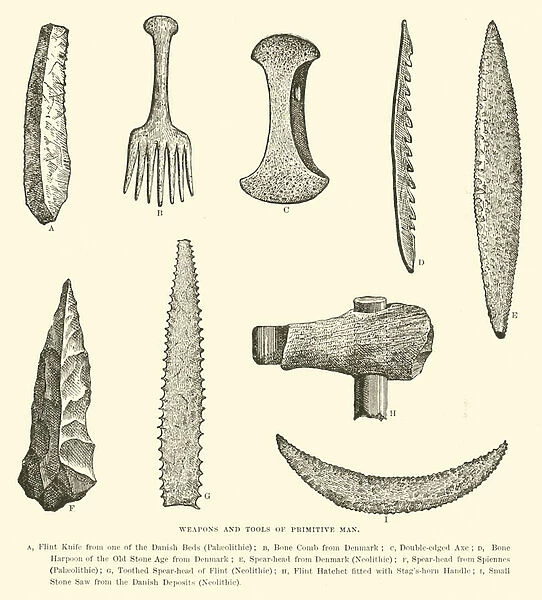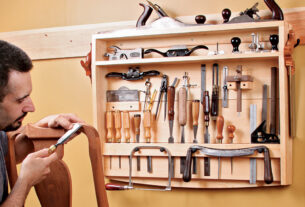Have you ever wondered how our ancestors survived without the modern conveniences we have today? The answer lies in their ability to create and utilize primitive tools. From the simplest of rocks to the most complex of spears, these ancient inventions allowed humans to hunt, gather, and build their way to civilization. In this article, we will explore some of the most fascinating primitive tools used by early humans and how they paved the way for our modern world.
[h2]The Basics of Primitive Tools[/h2]
Primitive tools were crafted from natural materials such as stone, bone, wood, and even animal hides. They were created using a variety of techniques such as flintknapping, pressure flaking, and grinding. These methods required skill and patience but resulted in incredibly effective tools that could be used for a variety of tasks.
[h2]Stone Tools[/h2]
One of the earliest examples of primitive tools is the stone tool. Stone tools were used by early humans for hunting, cutting, and scraping. They were made by chipping away at rocks with other stones until a sharp edge was formed. These tools came in many shapes and sizes and were used for specific purposes such as hunting animals or chopping wood.
[h2]Bone Tools[/h2]
Bone tools were another popular choice for early humans. Bones could be shaped into knives, awls, needles, and even harpoons. These tools were often more durable than stone tools and allowed humans to hunt larger animals such as mammoths. The versatility of bone made it a valuable resource for crafting many different types of tools.
[h2]Wooden Tools[/h2]
Wooden tools were also commonly used by early humans. They were crafted using simple cutting tools such as stone knives or bone saws. Wooden tools included objects such as digging sticks, bows and arrows, and even simple boats. The ability to create watercraft allowed early humans to travel and trade with other communities, leading to the development of early civilizations.
[h2]The Evolution of Tools[/h2]
As humans developed new technologies, their tools evolved as well. Copper, bronze, and iron replaced stone and bone as the primary materials for tool making. This allowed for more complex designs and greater efficiency. The plow, for example, revolutionized agriculture by allowing farmers to cultivate larger areas of land in less time. The wheel was another game-changer, allowing for faster transportation of goods and people.
[h2]The Legacy of Primitive Tools[/h2]
Although we may take our modern tools for granted, it is important to remember that they are built upon the foundation of primitive tools. Without the ingenuity of our ancestors, we would not have the technology we enjoy today. The legacy of primitive tools can be seen in everything from our kitchen knives to our skyscrapers.
In conclusion, primitive tools played a vital role in the development of human civilization. From stone knives to iron plows, these inventions allowed early humans to survive and thrive in a harsh world. Today, we continue to build upon their legacy by creating new technologies that push the boundaries of what is possible.
References:
Wikipedia contributors. (2021a). Flintknapping. In Wikipedia. Retrieved November 15, 2021, from https://en.wikipedia.org/wiki/Flintknapping
Wikipedia contributors. (2021b). Bone tool. In Wikipedia. Retrieved November 15, 2021, from https://en.wikipedia.org/wiki/Bone_tool
Wikipedia contributors. (2021c). History of technology: From the Bronze Age to today’s digital world. In Wikipedia. Retrieved November 15, 2021, from https://en.wikipedia.org/wiki/History_of_technology




